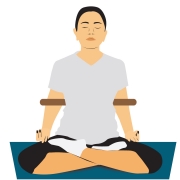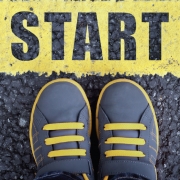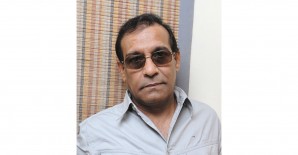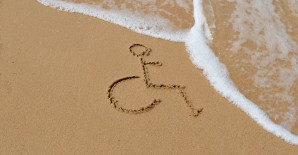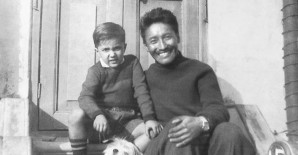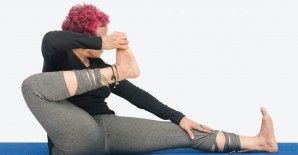
Columns
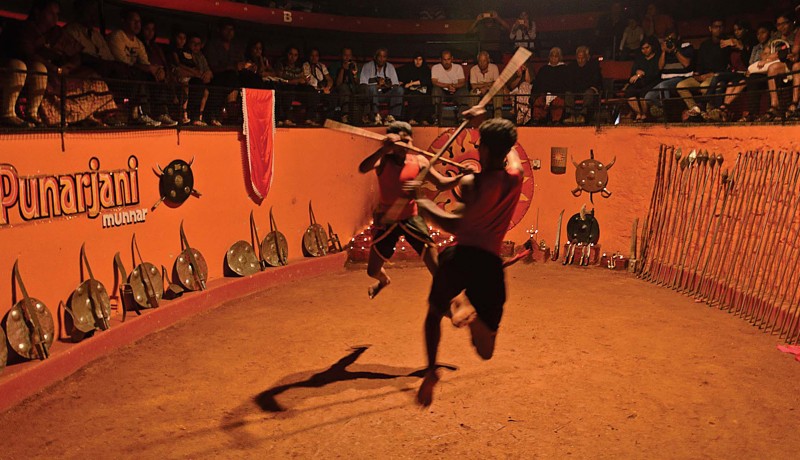
The stick or yoga pole can help correct posture to facilitate breathing.
The idea of using props in yoga may appear to be novel. But it is actually a very old tradition, when much of yoga was part of martial arts culture. Yoga complemented Indian fighting arts like Kushti and Kalaripayattu by building flexibility and strength into the body. It was also the best post-injury therapy, as it is even today. So, the props were used to create the right conditions for all these factors. One such prop that is experiencing an exuberant comeback is the stick or yoga pole. Older schools from India use a wooden one and it remains staidly brown, with just a hint of polish.
Abroad, other materials are being used and it is being designed colourfully, to make it seem like a party prop. Either way, the chief uses of the yoga pole remain the same: to correct posture and enhance it to facilitate proper breathing during pranayama practices. It is also used to rectify alignment in poses or asanas. But this is an intricate subject and possibly just limited to a few Indian martial arts now. For now, one of the most competent uses of the pole is to expand the capacity of the chest in a breathing posture. This may be used only in poses where the hands are resting on the thighs, as in the skull cleanser (kapalabhati), victory breath (ujjayi) and humming bee (brahmari), to name a few. In practices like alternate nostril breathing (anulom vilom), it is not possible to use the pole.
YOGIC MOVES
Kapalabhati (skull cleanser) with the pranayama pole
Sit in any meditative posture. Take the pole (which is usually 2.5-ft long) as shown, by moving the elbows behind and passing it through both arms behind the back. The palms must rest on the thigh. Because of stiffness or postural misalignment, placing the palms on the thighs may be difficult for most of us. You may have to place them higher up, almost at the hips. Try to keep the hands in the mudra/hand lock of your choice. (This, too, may be initially difficult). Engage in controlled hyperventilation, inhaling and exhaling with gentle force, only at the nostrils, for 10 rounds or so. After a few rounds, engage in retention (if you do not have any chronic health issues, including heart conditions) for a few seconds. Then, release with exhalation. Do three rounds. If you wish to take a break from the intensity of the pole practice, release it to rest. If you have other pranayama sequences like ujjayi or brahmari, you may conclude these with the pole too.
Important: Initially, this may be tough. You can use a wall as a prop (before using the pole) to get your postural alignment in place. In the beginning, use the pole only for a few minutes. Consult your yoga expert if you have specific health conditions before using the pole.
KREEDA YOGA
Om on the move
Gather a group of yoga practitioners and choose a hall or ground. Set a start line, as in a race. Let the first person start walking forward in a straight line as far as he can, while chanting Om on a single breath. Mark the spot when he stops. One by one, everyone in the group takes their turn till they all finish. The person who covers the maximum distance is the winner! This game is a great hit with all age groups, and excites people towards investing in yogic breathing practices to expand lung capacity.
Shameem Akthar is a Mumbai-based yoga acharya. If you have any queries for her, mail us or email at contact.us@harmonyindia.org. (Please consult your physician before following the advice given here)
Photo: Haresh Patel, iStock Featured in Harmony — Celebrate Age Magazine February 2017
you may also like to read
-
Mental workout
Mukul Sharma tells you how to keep those grey cells ticking Everyone will ultimately lose his or her brain….
-
Helpline
Dr Harshbir Rana answers your queries on personal and social issues related to ageing, elder care and intergenerational relationships ….
-
Off the cuff
Raju Mukherji pays tribute to his first hero, Tenzing Norgay, an exemplary mountaineer Darjeeling, 1955. Dr ‘Pahari’ Guha Mazumdar….
-
Yoga RX
Shameem Akthar shows ways to control debilitating ankle pain through regular practice Ankle pain is so common and prevalent….



